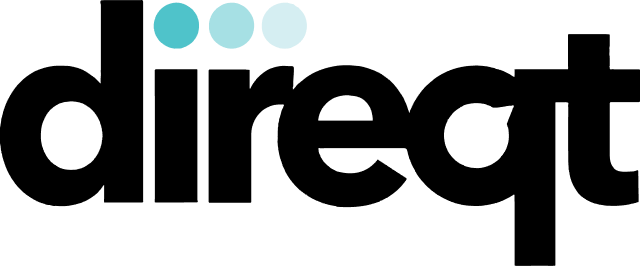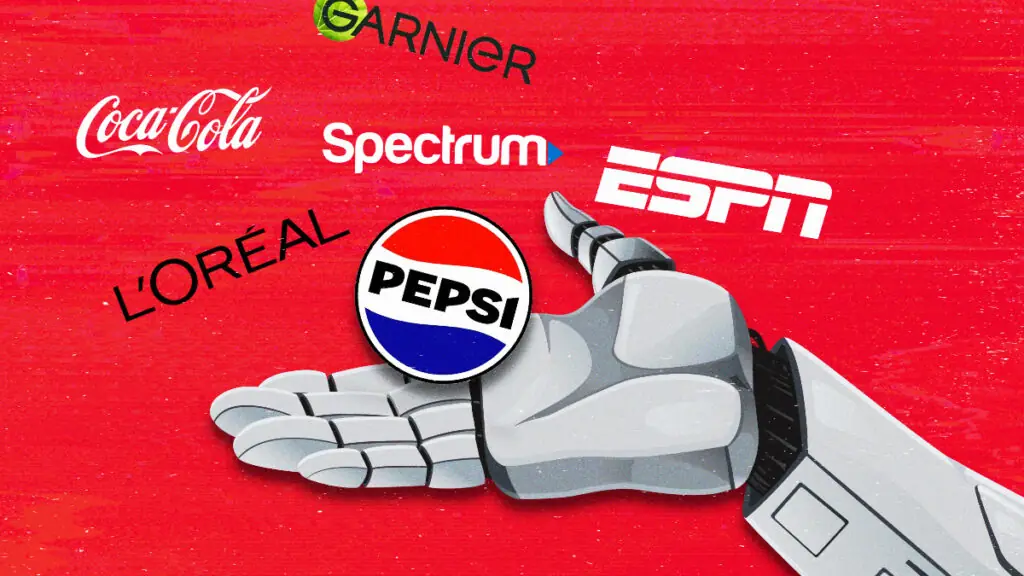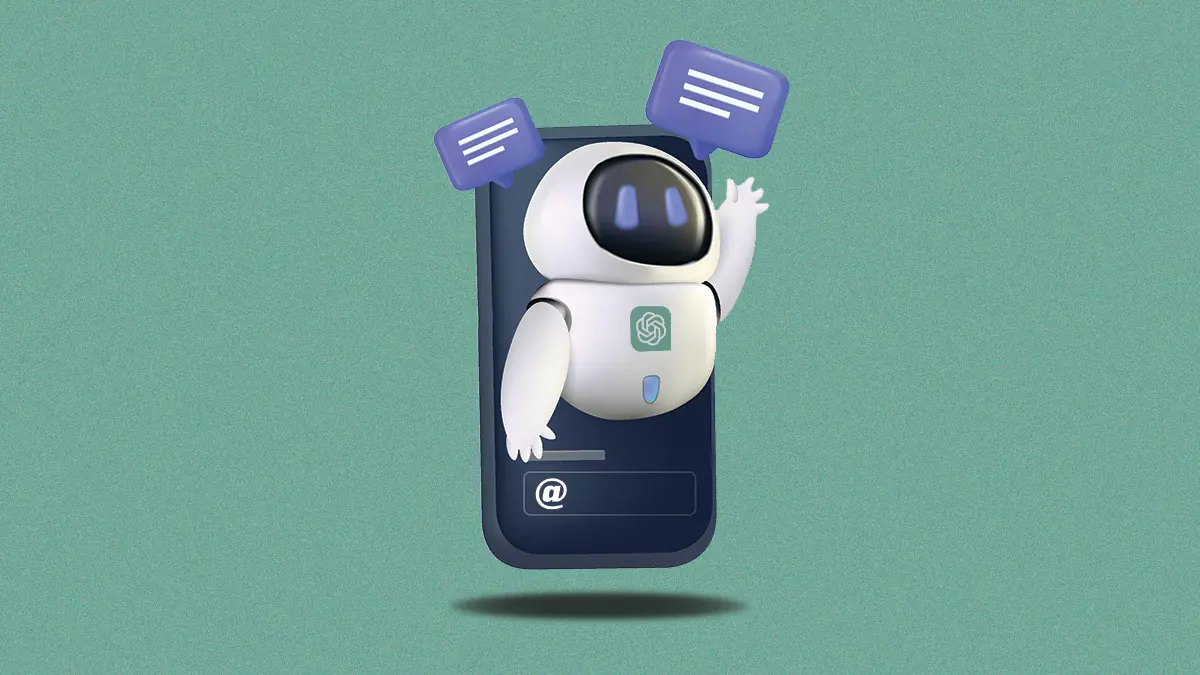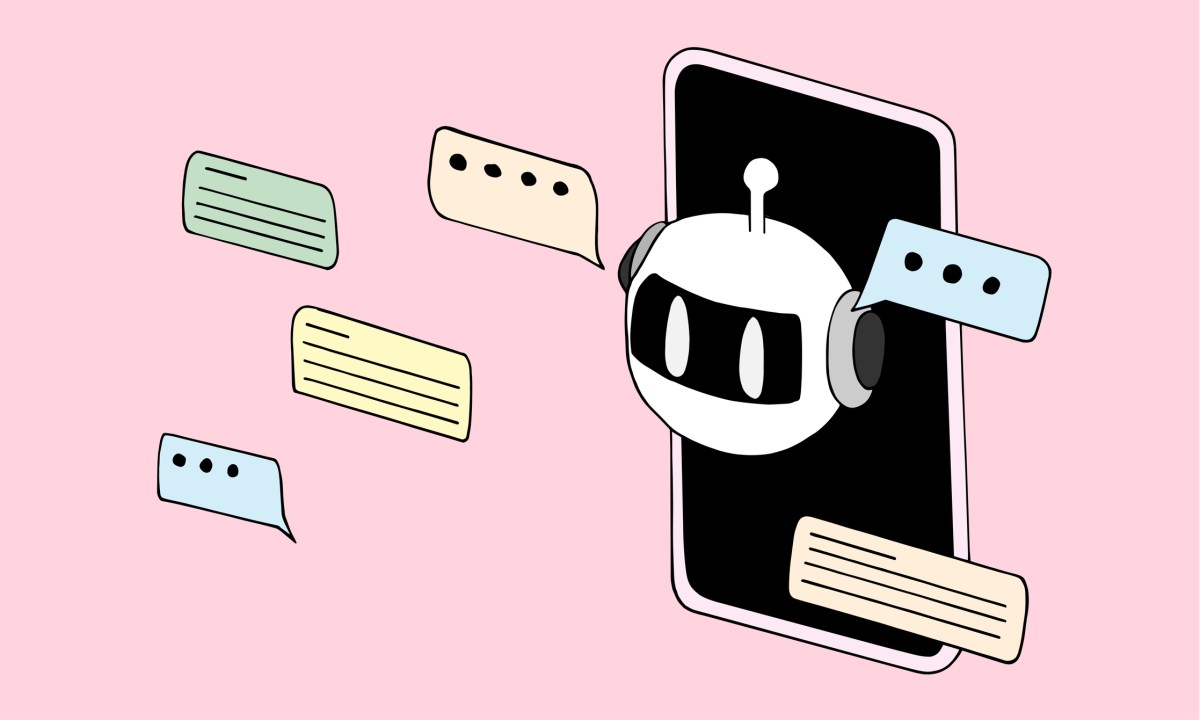Yahoo: Direqt is building AI chatbots for the media industry

The idea was that the existing chatbot platforms that had been built at the time were originally created for other purposes, like customer service, and didn’t really meet the needs of publishers. So the team decided they’d take on the challenge of building a platform that could work for publishers.
The team also realized that about 10% of consumers’ time on mobile was spent on messaging apps, like iMessage, WhatsApp, Telegram, Messenger, Viber and others, and around 5.3 billion people around the world engage in messaging. Meanwhile, publishers were telling Direqt they wanted a direct relationship with readers, rather than having to rely on the ever-changing whims of Big Tech companies, like Meta and Google, which have been distancing themselves from the news business in recent years.
Meta, for instance, has been pulling news from its products after adjusting algorithms in ways that negatively impacted publishers, and Google recently laid off a portion of its news team.
Publishers can choose to implement their chatbot in ways that fit their own business’s AI policy and strategy, whether that means simpler, non-AI chatbots that let users ask about stories their team has written; those where editorial teams curate the AI-generated content before it goes live; or those where AI could generate a quiz or a set of questions about the story, and so on.
Or, if the publisher simply wants their own version of ChatGPT, that’s also possible, as Direqt works with OpenAI and other AI vendors, including Google, to meet the publishers’ goals.
Categories
- Press



